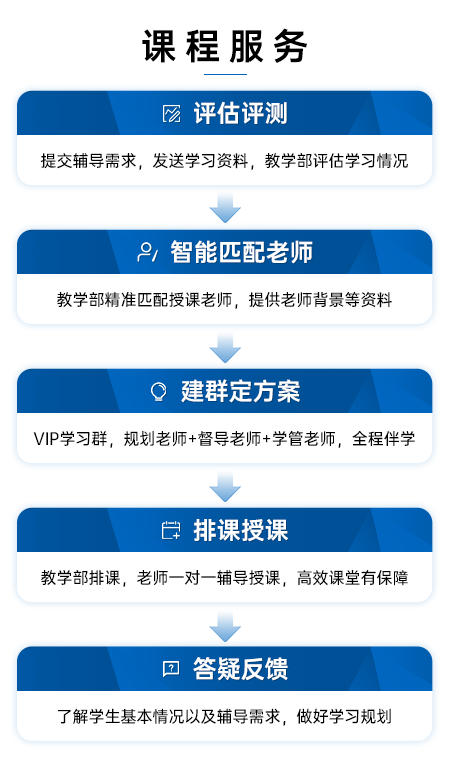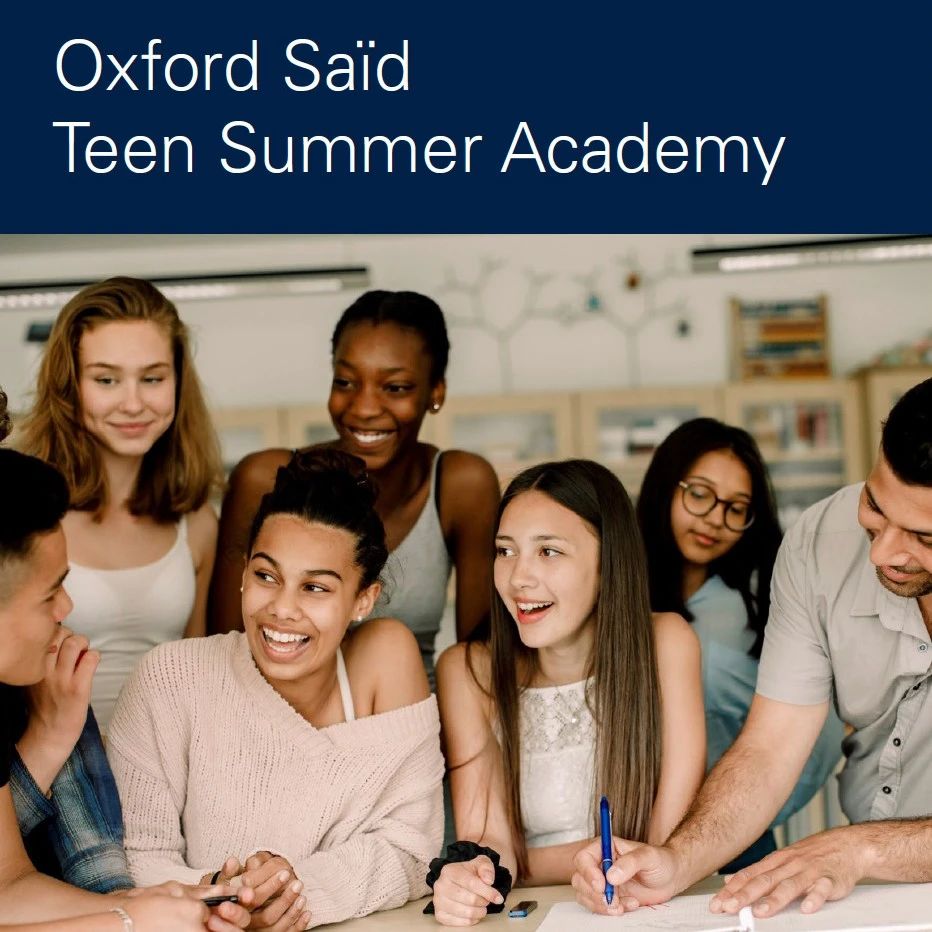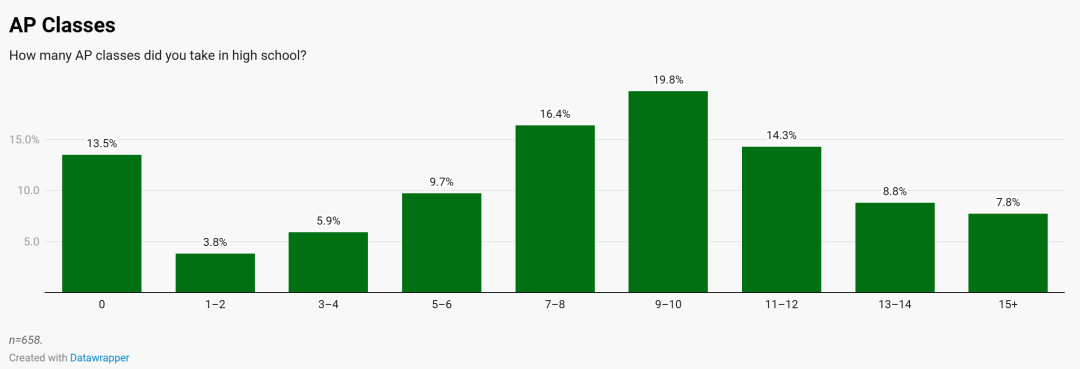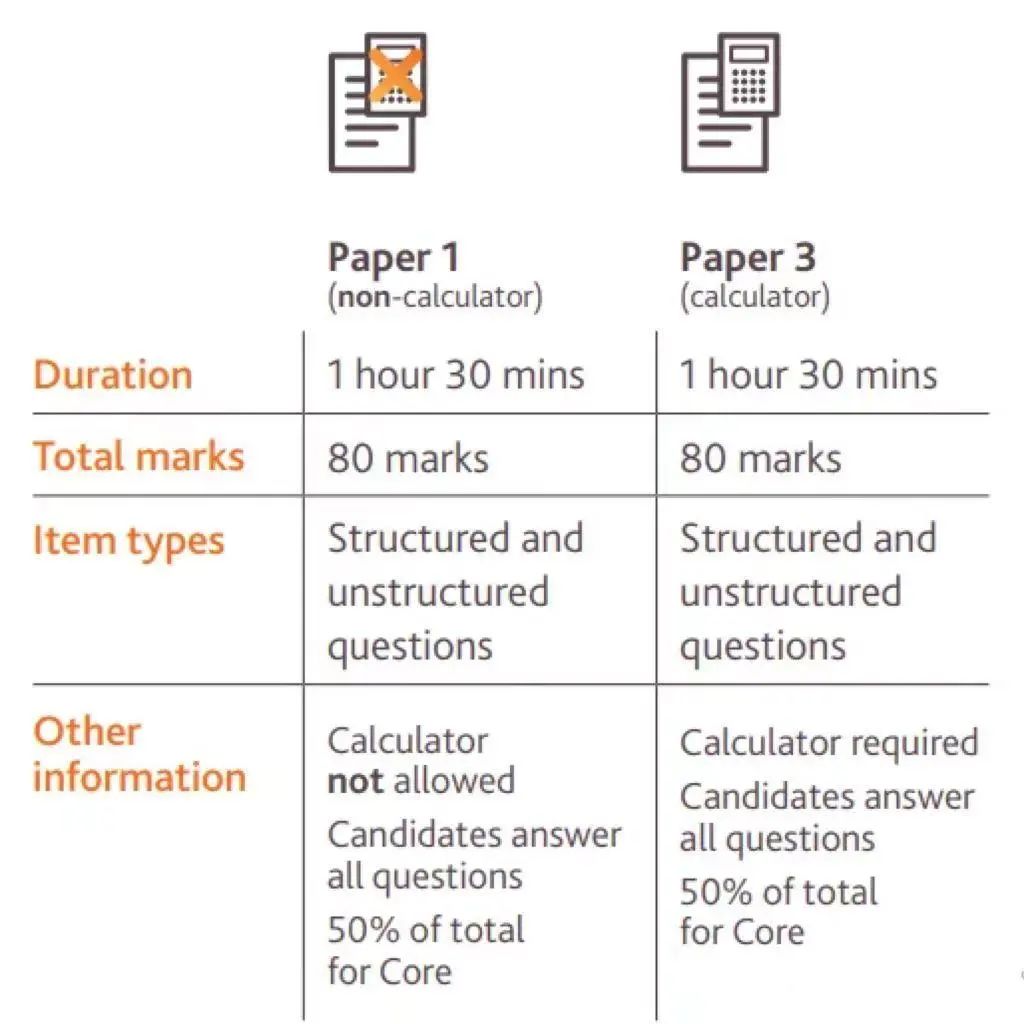去年2023年ETS对托福写作进行了大改革。对于改革的具体内容,官方当时提供了写作的评分说明rubrics,样题和AI辅助评测系统。

但是对其中一些具体的细节,老师们还有疑问。
现在,在改革后的考试进行了快一年之际,最权威的《托福官方指南The official guide to the TOEFL iBT》(以下简称OG)第7版终于出版了。
对于大家争论的关键点和变化,也终于给出了详细说明。
因为篇幅的限制,老师会通过几期给大家详细解释。
大家放心的是,基本上跟老师之前对写作评分标准rubric/写作要求的解读一致。
毕竟官方不会给出自相矛盾的评分标准,并且写作团在改革后已经出了9个写作满分。(23年7个,24年目前已出2个)
今天继续分享的是综合写作的信息。
在最新这一版的OG中,官方给我们认证了其实已经“流行”了很久的写法。
1. 取消了以前“推荐”的字数上限。所以,字数没有上限。“An effective response will contain at least 150 words. That is just a bare minimum,however, and many effective responses are longer.There is no upper limitfor the length of a response as long as it addresses the task presented.” (P196页)
2. "summarize the lecture "并不意味着考生可以自己挑选自己认为重要内容和省略重要内容。听力内容中的重要信息一定要保留,要写全。即使有些观点比较复杂的, 或只是很细微区别,你一定要写得尽量清晰。而且现在,也不用担心超字数了。“It is true that you are asked to summarize the lecture, but that does not mean that you should omit any important lecture detail from your summary.If you omit important details from the lecture, you may receive a lower score.When summarizing the lecture in your own words, you should express the ideas,even those that are complex or nuanced(细微差别), as clearly as you can.” (197页)
3. 综合写作可以只写4段(开头+3个中间段),结尾段不是必须的。"A concluding paragraph for your response is typically not necessary."
4. 推荐的综合写作结构是:开头段:阅读总观点。听力总观点。(2者关系)中间段:阅读分论点(1~2句)+听力是如何反驳/不同意阅读这个观点的。"Within each body paragraph, consider devoting the first sentence or two to summarizing the idea the reading is expressing, and then explain in detail how the lecture responds to that idea."*这是推荐的结构,中间段:先写阅读内容,再写听力内容。当然,同学们如果先写听力,再写阅读。也还是可以的。
5.使用阅读文章原词(phrase),是接受的, 不会被扣分,但也不会因此帮你提分。"Copying phrases from the reading passage is not penalized, but raters will not reward it either."*注意:是使用phrase. 建议不要抄整句,抄太多。
6. 可以直接使用听力的内容(词汇, 观点内容),不用刻意转述。”You can make notes aboutwords, phrases, and ideas used in the lecturewhile listening to it and then use the notes when writing your response. However, you will have to rely on your own ability touse appropriate grammar and vocabulary, and that is what raters will be judging.“*因为其实没有人能把听力原文一字不差地全复述出来。所以虽然同学们使用了听力的一些原词,但是还是需要靠自己完整地表述出来。还是需要自己的语言能力支撑。所以官方就放开了,准许大家使用自己所记下来的听力内容,原词。另一方面,也就说明,更不需要大家可以转述听力内容。毕竟很多同学,越转述越错。
7. 阅读和听力关系:
其实跟第6版差不多。都是听力contradict or disagre阅读。
具体来说:
1. 听力直接反驳阅读具体观点:Summarize the points made in the lecture, being sure to explain how theychallenge/cast doubt on/oppose/respond tothe specific points made in the reading passage. (Opposition or contradiction)
2. 听力挑战阅读文章中提出的具体理论:Summarize the points made in the lecture, being sure to explain how theychallenge the specific theoriespresented in the reading passage. (Theories and their weaknesses)
3.听力对阅读的问题,提出了解决办法:Summarize the points made in the lecture, being sure to explain how theypresent solutions to the specific problemsmentioned in the reading passage. (Problems and solutions)
4.听力质疑了阅读提出的解决办法“Summarize the points made in the lecture, being sure to explain how theycast doubt on the specific solutionsproposed in the reading passage. (Solutions and their weaknesses)
以上内容,跟以前老师讲过的都差不多。只是现在终于得到了官方的认证,大家可以放心大胆地写了。
今天就给大家分享到这里。















